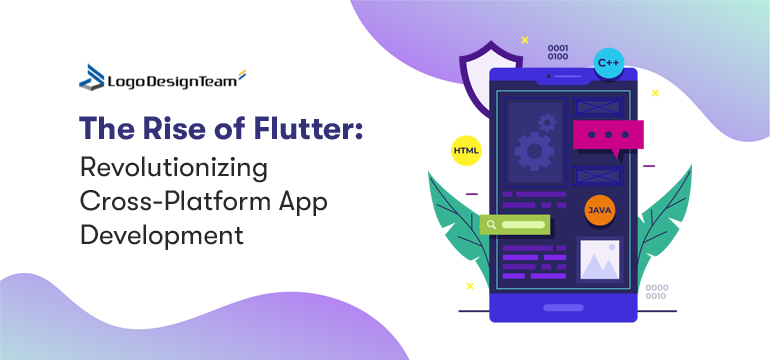Why is flutter used? The demand for cross-platform mobile applications has skyrocketed in recent years as businesses strive to reach users across multiple platforms and devices. However, developing apps that run seamlessly on different operating systems has traditionally posed significant challenges for developers.
One of the primary hurdles faced by traditional cross-platform approaches is the need to maintain separate codebases for each platform. This not only increases development time and costs but also introduces complexities in ensuring consistency across platforms. Developers often have to write platform-specific code, leading to duplication of effort and potential inconsistencies in functionality and user experience.
Another challenge lies in the difficulty of achieving native-like performance and rendering. Many cross-platform solutions rely on web technologies or intermediate layers, which can result in sluggish performance, compromised user interfaces, and a lack of seamless integration with the underlying platform’s native components and APIs.
These challenges have long hindered the adoption of cross-platform development strategies, forcing many companies to maintain separate teams and codebases for each platform, resulting in increased costs, longer development cycles, and potential inconsistencies in user experience.
Key features and benefits
1) Single Codebase: Flutter allows developers to write a single codebase in Dart that can be compiled to build native apps for iOS, Android, and other platforms, eliminating the need for separate codebases and simplifying the development process.
2) Hot Reload: Flutter’s hot reload feature enables developers to instantly view changes made to the code in real-time, without requiring a full app restart. This significantly accelerates the development cycle, allowing for faster iteration and experimentation.
3) Rich Widget Library: Flutter comes with a comprehensive set of customizable widgets that follow platform-specific design guidelines, enabling developers to create visually appealing and consistent user interfaces across different platforms.
4) Dart Programming Language: Flutter uses Dart, a modern, object-oriented programming language developed by Google. Dart is designed to be fast, scalable, and easy to learn, making it an attractive choice for developers looking to build high-performance applications.
4) Platform Integration: Flutter allows seamless integration with platform-specific code and APIs, enabling developers to access native features and functionality when needed, while still maintaining a single codebase.
Benefits
Increased Development Productivity: With a single codebase and hot reload capabilities, Flutter significantly reduces development time and effort, allowing developers to focus on delivering high-quality applications more efficiently.
Consistent User Experience: Flutter’s adherence to platform-specific design guidelines and its rich widget library ensure a consistent and native-like user experience across different platforms, enhancing user satisfaction and engagement.
Faster Time-to-Market: By eliminating the need for separate codebases and enabling rapid development cycles, Flutter empowers developers to bring their applications to market faster, providing a competitive advantage in the ever-evolving mobile landscape.
Cost-Effective Development: With a single codebase, Flutter reduces the need for separate development teams and resources for each platform, resulting in significant cost savings for businesses.
Active Community and Support: Flutter has a thriving and engaged community of developers, contributors, and supporters, ensuring continuous improvement, documentation, and resources for learning and problem-solving.
By leveraging these key features and benefits, Flutter has emerged as a powerful and efficient solution for cross-platform app development, revolutionizing the way developers approach multi-platform projects.





